More stories

9 BYOD Security Risks and Challenges
BYOD — whether instituted as a formal policy or as an adaptation to the pandemic — opens a company’s systems and platforms up to hacking, data loss, and insider threat. IT teams need to be aware of these critical BYOD security concerns, as well as implement best practices to mitigate the risks associated with shadow IT.

Quick Guide to the Difference Between a Public and a Private Cloud
Cloud security. Cloud architecture. Cloud storage. As you start scaling your business, you know “the cloud” is an important element of your IT capabilities. But, it can be a little confusing to understand the ins and outs of “the cloud” — especially when it comes to using cloud-based tools for your company to work remotely.

ICYMI: 4 SaaS Security Lessons to Keep Top of Mind in 2021
At the end of 2020, we hosted a webinar alongside Sisense's Chief Security & Trust Officer, Ty Sbano titled Securing Best of Breed SaaS applications in 2021. The discussion focused on reviewing the most important security trends of last year and how that should inform security programs this year. As 2021 continues to progress, these are the 4 trends and lessons we think are worth keeping in mind.

Business Continuity: How to Plan for the Worst
If the last year has taught us anything, “hope for the best and plan for the worst” should be the new mantra of business owners and IT professionals. No one could have predicted the global pandemic that wreaked havoc on industries and businesses around the world; yet, those companies with a business continuity plan were far better off than those without one.

Cloud DLP and Regulatory Compliance: 3 Things You Must Know
Compliance regimes may seem burdensome, but the goal of these policies is to prevent a devastating data breach that can bankrupt a business and cause myriad problems for consumers. It’s important to understand the differences between compliance and security, as well as how data loss prevention (DLP) allows your organization to accomplish both objectives efficiently and affordably.

Looking ahead to infosec’s biggest challenges in 2021
The Nightfall blog is a resource for information security professionals to learn more about the challenges we face in the industry. Every week, Nightfall publishes news and insights from the world of cloud security to help you stay current with the cybersecurity world and better prepare for threats before they become serious problems.

How to Create a Cloud Security Framework
Strong data loss prevention (DLP) requires a multifaceted process that requires layering tools, policies, and approaches. In addition to having a range of network, endpoint, and cloud DLP solutions in place, businesses need a strong foundation of policies, guiding principles, and rules underpinning the approach to data security.

6 Updates to Make to Your Cloud Security Policy
In a recent survey, 84% of organizations reported finding it difficult to maintain security configurations across their cloud services. Organizations across industries are struggling to protect their valuable information, in part because they don’t understand the extent of security measures built-in to cloud platforms. As a result, Gartner predicts that 95% of all cloud security failures (through 2020) will be primarily the customer’s fault.

The Essential Guide to Data Protection & Security with the Nightfall Developer Platform
The last decade has seen a dramatic rise in data breach risk, with data breach incidents increasing nearly 840% between 2005 and 2019 according to the Identity Theft Resource Center. In this guide, learn about the growing problem of sensitive data exposure and how to use the Nightfall Developer Platform to easily build tools to identify and remediate this problem.

The Essential guide to Data Loss Prevention in Confluence
The Atlassian ecosystem provides thousands of companies with the ability to collaborate remotely through powerful, feature-rich SaaS applications like Confluence. Over the least year, the rise of remote work has meant many companies have hosted their internal information hubs on Confluence. As such tools become the norm across companies, big and small, the amount of sensitive information stored in these systems will increase.

The Essential Guide to Data Loss Prevention (DLP) in Jira
The Atlassian ecosystem provides thousands of companies with the ability to collaborate remotely through powerful, feature-rich SaaS applications like Jira. As such tools become the norm across companies, big and small, the amount of sensitive information stored in these systems will increase. This means that organizations need to prioritize minimizing the risk of exposure within cloud environments.

Nightfall Employee Spotlight: Jeannie Liou – Director of Product Marketing
We’re excited to introduce Jeannie Liou who joined Nightfall as our Director of Product Marketing. With an extensive background in product marketing, Jeannie has a storied marketing career working with companies such as Apple, Rubrik, and Snowflake. She brings with her a deep knowledge of building out product positioning and messaging that resonates with customers, as well as a passion for technology that improves the way we work, transact, and collaborate.

What is DevSecOps: A Comprehensive Guide
The rise of cloud, containers, and microservices has shifted the way software developers work for good. Whereas traditionally, software developers would release a new version of an application every few months, today’s platforms allow teams to work faster and more streamlined. These advancements have led to the rise of “software, safer, sooner” — also known as DevSecOps.

The Essential Guide to CRM Data Loss Prevention in Salesforce
As with most SaaS applications, within Salesforce it is your organization’s responsibility to determine whether Salesforce’s default security settings meet your specific security and compliance obligations.Read this online guide, for free, to learn about the problem of data exposure in Salesforce and how to ensure compliance with HIPAA, PCI, and other leading industry standards while storing sensitive data in Salesforce.

GitHub Secrets Detection & Data Loss Prevention Guide
Environments like GitHub present data exposure risk in the form of secrets leakage and sensitive PII leaking from repositories. Read this online guide, for free, to learn about the problem of secrets exposure and leakage in GitHub, as well as how to easily implement secrets detection and scanning to prevent this risk.

Is Slack Secure from Threat Actors & Hackers in 2023?
When Uber was breached in September, the hacker remained undetected until they announced their presence within the org via Slack. This incident provides yet another example of Slack being leveraged by an attacker. In this post, we’re going to review some of the ways attackers have used Slack in breaches, why this is happening, and what you can do about it.

An Overview of the California Data Breach Notification Law (+Compliance Template)
Many states in the US have data privacy and protection statutes as part of their legal codes. For the most part, these codify what types of PII/PI constitute a data breach, as well as when and how an entity doing business should communicate with customers if a data breach occurs.

How to Use Data Loss Prevention (DLP) for LGPD Compliance
The Brazilian General Data Protection Law (LGPD) came into effect on August 16, 2020. The law creates new rights for individuals with respect to their data and imposes significant obligations on companies that process personal data. This guide will provide an overview of the key provisions of the LGPD and explain the steps that companies must take to comply with the law.

New Nightfall Platform Enhancements Makes Parsing and Managing Findings Easier
Nightfall customers have always lauded the platform’s ease of use and simplicity, but our team is always hard at work looking for ways to improve user experience. This month, we’ve made multiple features GA across the platform, that will further your ability to further customize what content and files trigger Nightfall detectors as well as the ways you can ingest this data.

November news & updates from Nightfall AI
The Nightfall blog is a knowledge base for cybersecurity professionals with news and insights from the world of cloud security. Each week, we’re publishing new content to help you stay up-to-date on cybersecurity topics and to prepare you for the issues and threats that occur every day on the job.

Recent AstraZeneca Breach Illustrates Risk of Credential Leakage Across Cloud Apps
Yesterday, TechCrunch broke a story about pharmaceutical giant AstraZeneca, which experienced a leak affecting sensitive patient data. We think this incident is worth reviewing to learn more about how data exfiltration risk is distributed across the entirety of an organization’s SaaS infrastructure.

Enhance Data Governance & Intelligence across SaaS Systems
Enterprise legal, compliance, and governance teams struggle to detect, manage, govern, and protect information in near real time. Similarly, litigation, HR and investigation teams struggle with data intelligence on information they have collected from cloud applications like Slack and Google Workspace.
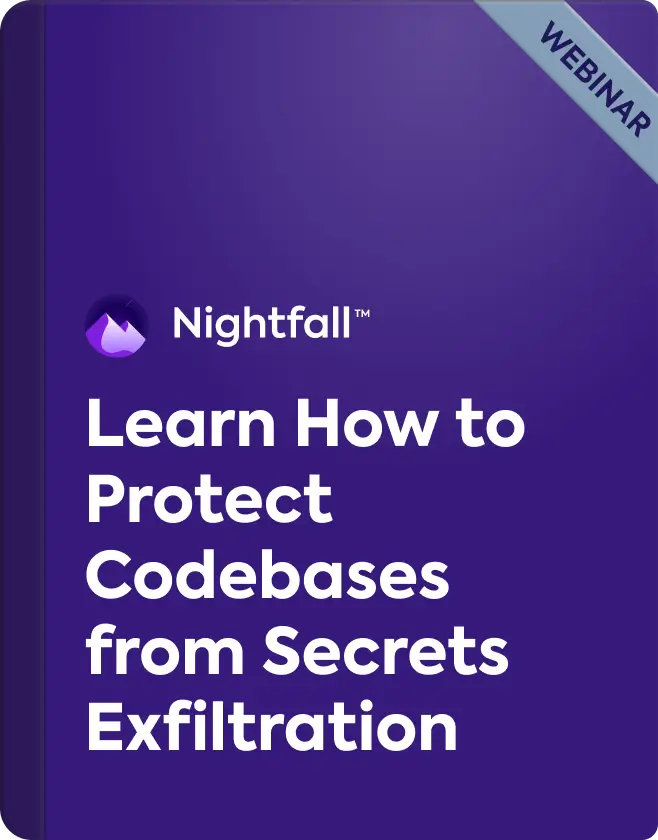
Learn How to Protect Codebases from Secrets Exfiltration
Listen to Nightfall’s CTO, Rohan Sathe, and product specialist, Michael Osakwe, to learn about the increased exfiltration risks posed by code repositories. Learn how threat actors are incorporating targets like GitHub into their attacks, why this has become more common, and best practices to reduce your attack surface.

Discover Secrets Leaks in Code Repos with Nightfall for GitHub
Git-based repositories can create environments where secrets & credentials are exposed without notice, especially in environments with lots of contributors and few guidelines regarding best practices for handling credentials or environments with external collaborators who might not be familiar with best practices

Protected Health Information (PHI) detector for digital healthcare datasheet
Healthcare organizations require an effective way to scale HIPAA compliance enforcement across their cloud applications without excessive time and resource commitment. This requires a high-accuracy solution capable of parsing context to identify PHI violations as they are defined by HIPAA

Guide to HIPAA Compliance on Slack
Data loss prevention (DLP) is an important part of data security and compliance in the cloud, especially for organizations regulated by HIPAA. Furthermore, healthcare teams using Slack must follow specific guidelines laid out in Slack’s Business Associate Agreement (BAA).
.webp)
Guide to Data Loss Prevention (DLP) for Jira
Data loss prevention (DLP) is an important part of data security and compliance in the cloud, especially for organizations using SaaS applications that store high volumes of data. Companies turn to DLP solutions to discover, classify, and protect their sensitive data in environments like Jira, and maintain compliance with regimes like GDPR, CCPA, PCI, and more.

Guide to Data Loss Prevention (DLP) in Google Drive
Data loss prevention (DLP) is an important part of data security and compliance in the cloud, especially for organizations using SaaS applications that store high volumes of data. Companies turn to DLP solutions to discover, classify, and protect their sensitive data in environments like Google Drive, and maintain compliance with regimes like GDPR, CCPA, PCI, and more.

Data Security with the Nightfall Developer Platform
As a result of growing data breaches governments across the world are beginning to implement compliance regimes which require organizations to understand the quantity and nature of that data they’re ingesting. The Nightfall developer platform is designed to help organizations accomplish this with APIs that allow developers to stream data to our machine learning detectors for classification.

The Business Case for Cloud Data Protection
As organizations continue to rapidly adopt SaaS and cloud infrastructure, IT and security teams are becoming stretched. The expanding universe of business-critical cloud applications creates increased risk for the exposure of sensitive data like PII, PHI, as well as secrets and credentials. Cloud data protection is essential to ensuring employees follow best practices for handling sensitive data and that systems are configured in a manner that prevents unauthorized access.


.png)


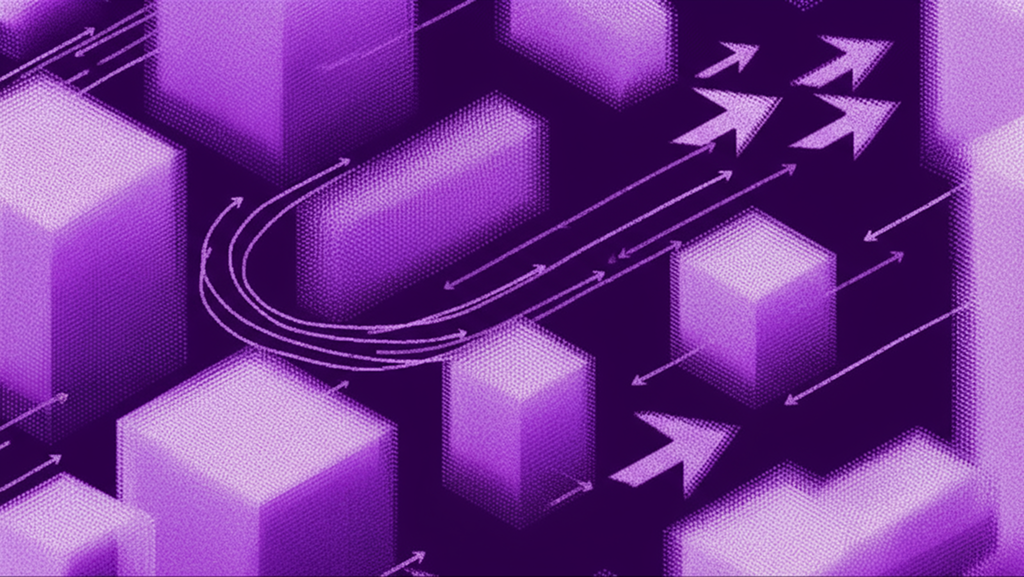
.png)
.png)
.png)
.png)
.png)
.png)
.png)
.png)
.png)
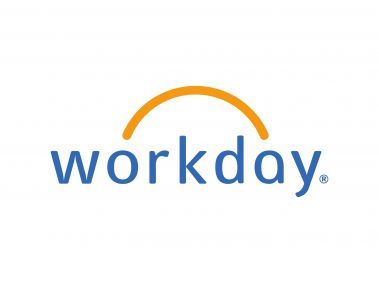

.png)
.png)
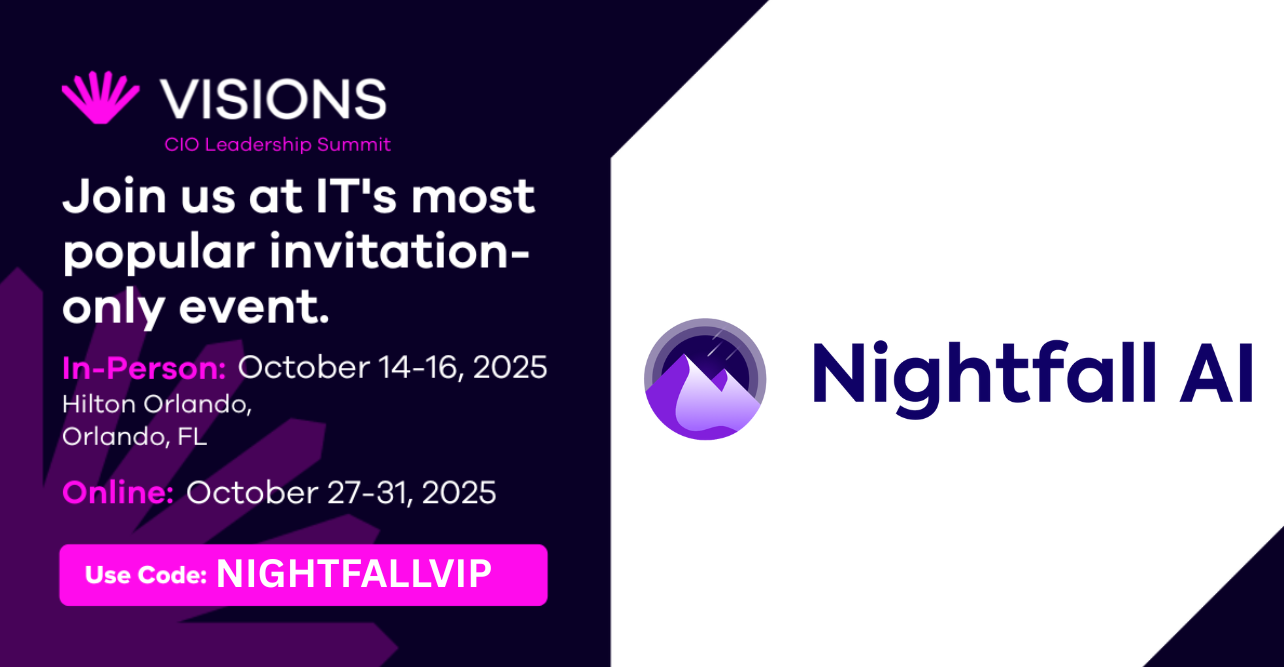
.png)

.png)


.png)
.png)
.png)
.png)




.png)
.png)


.png)








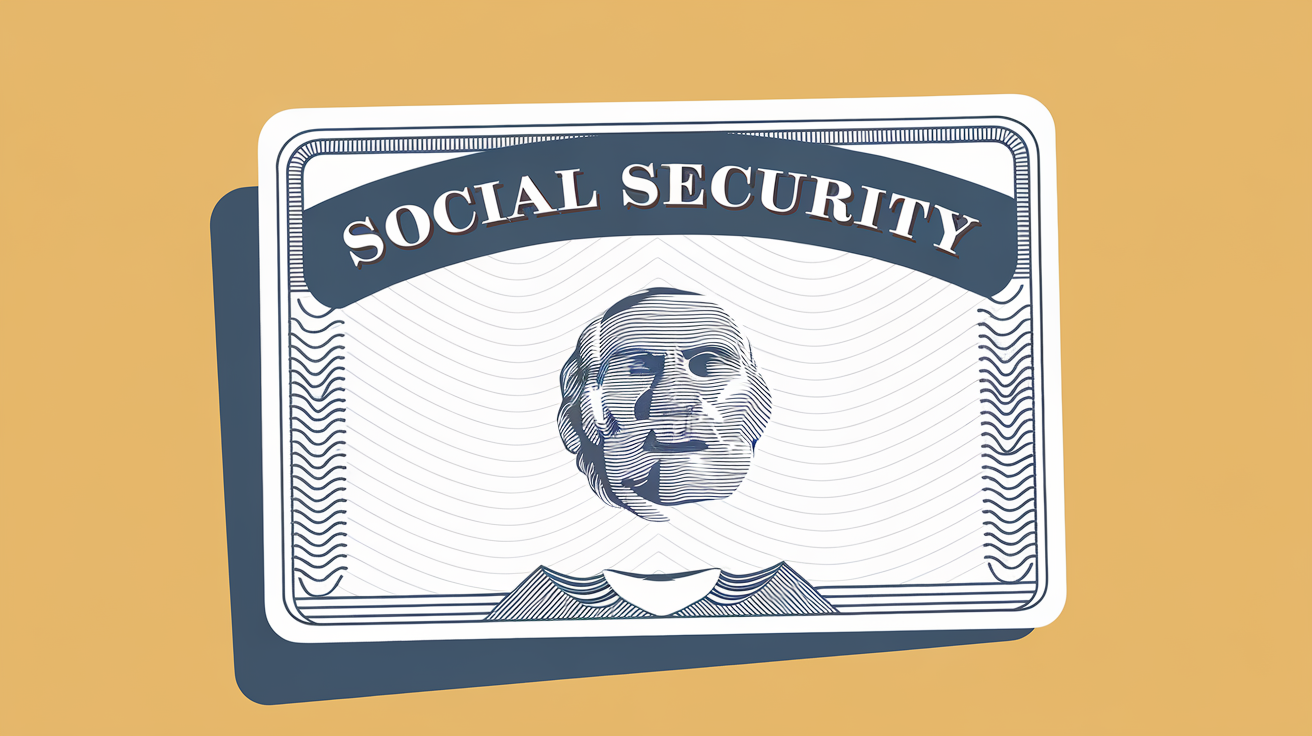



































































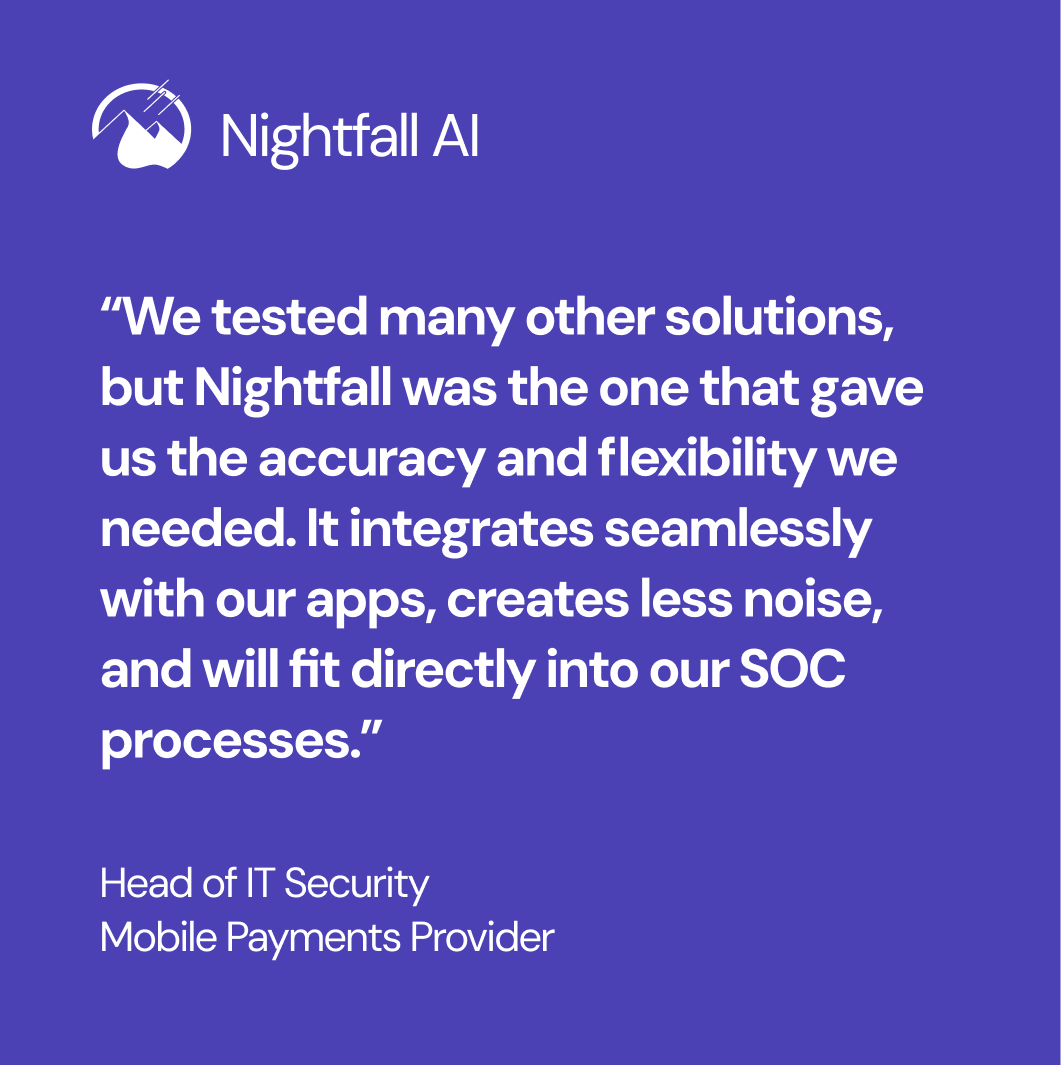
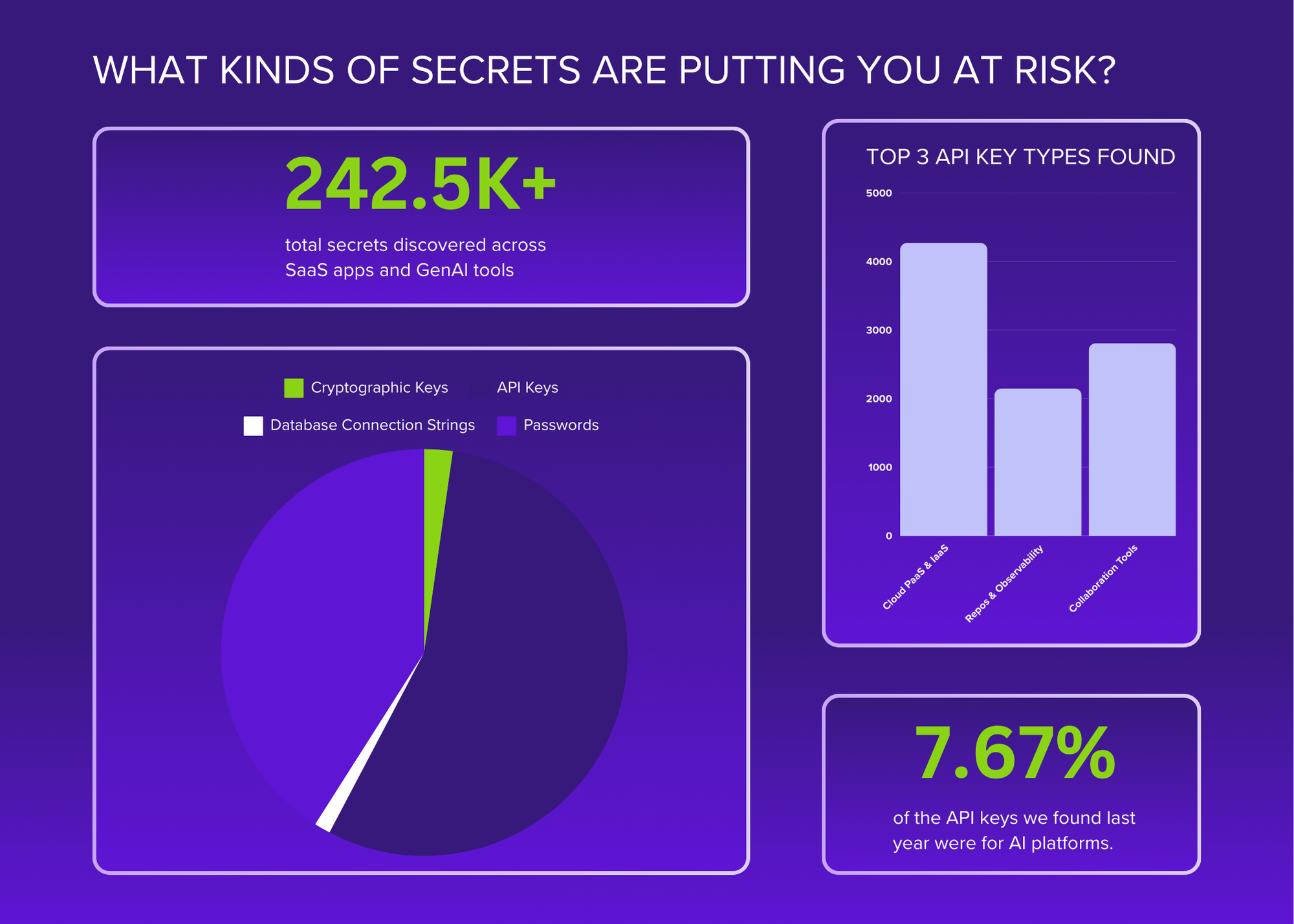
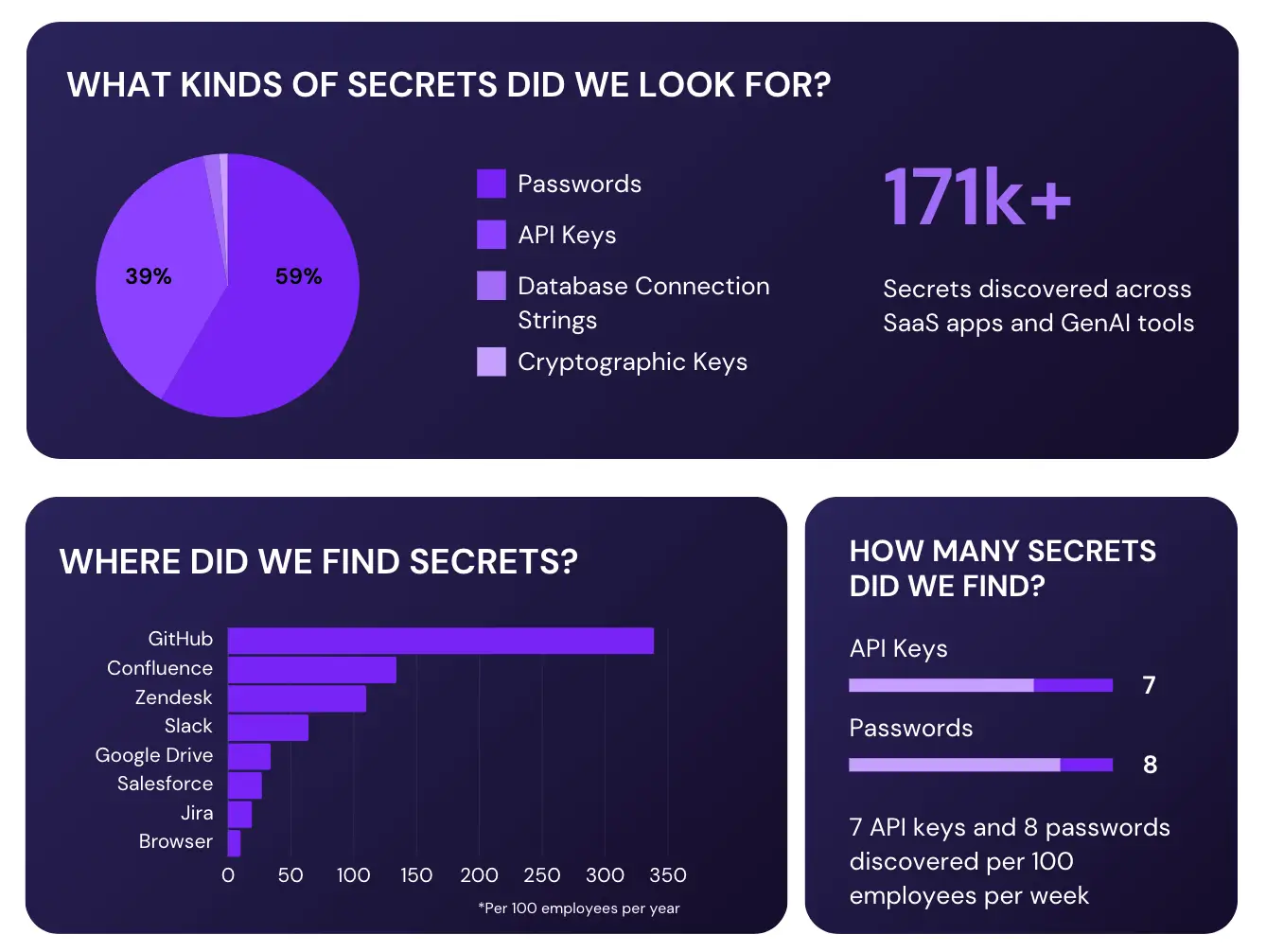





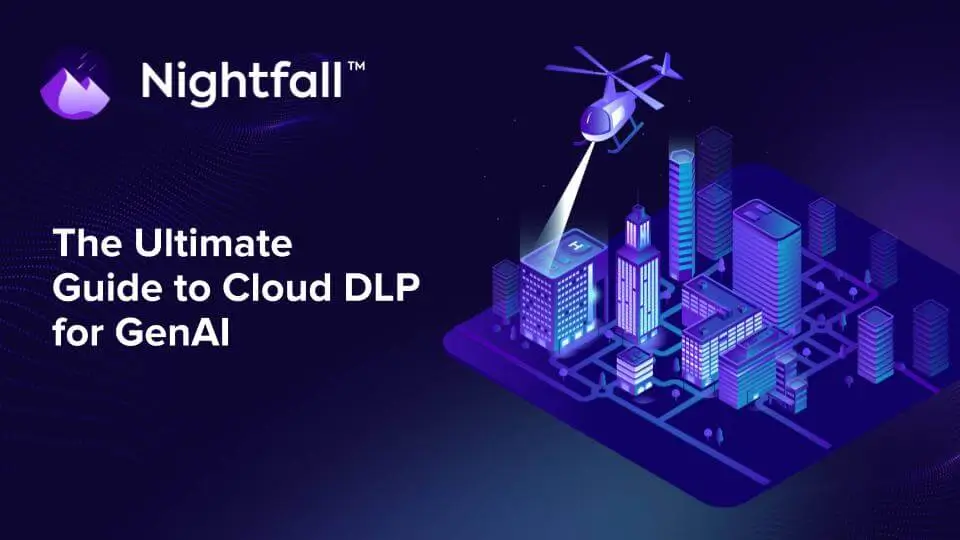














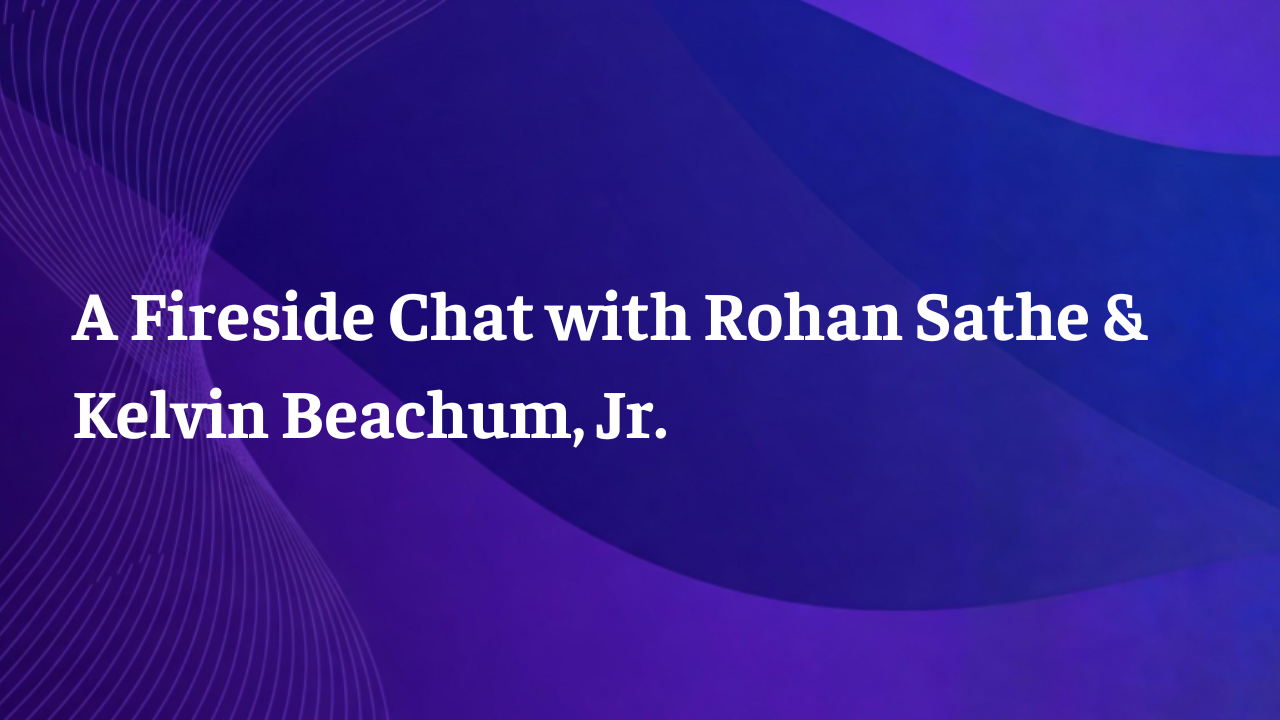
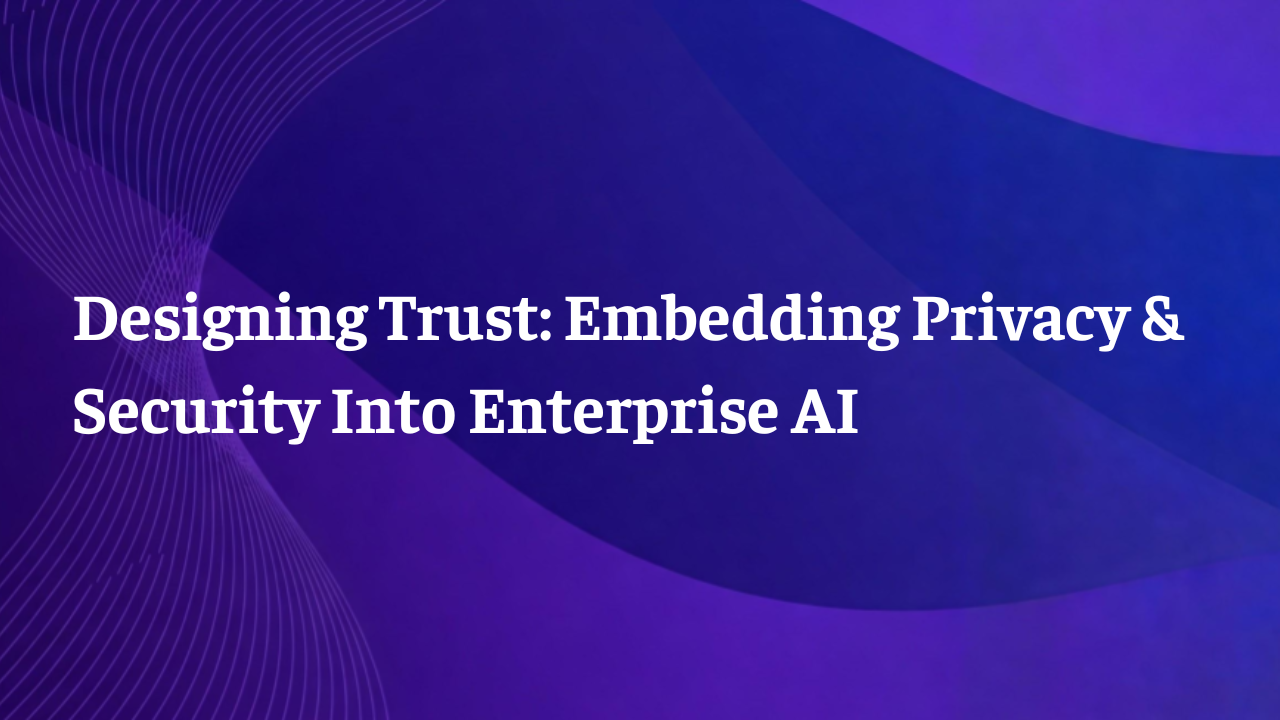
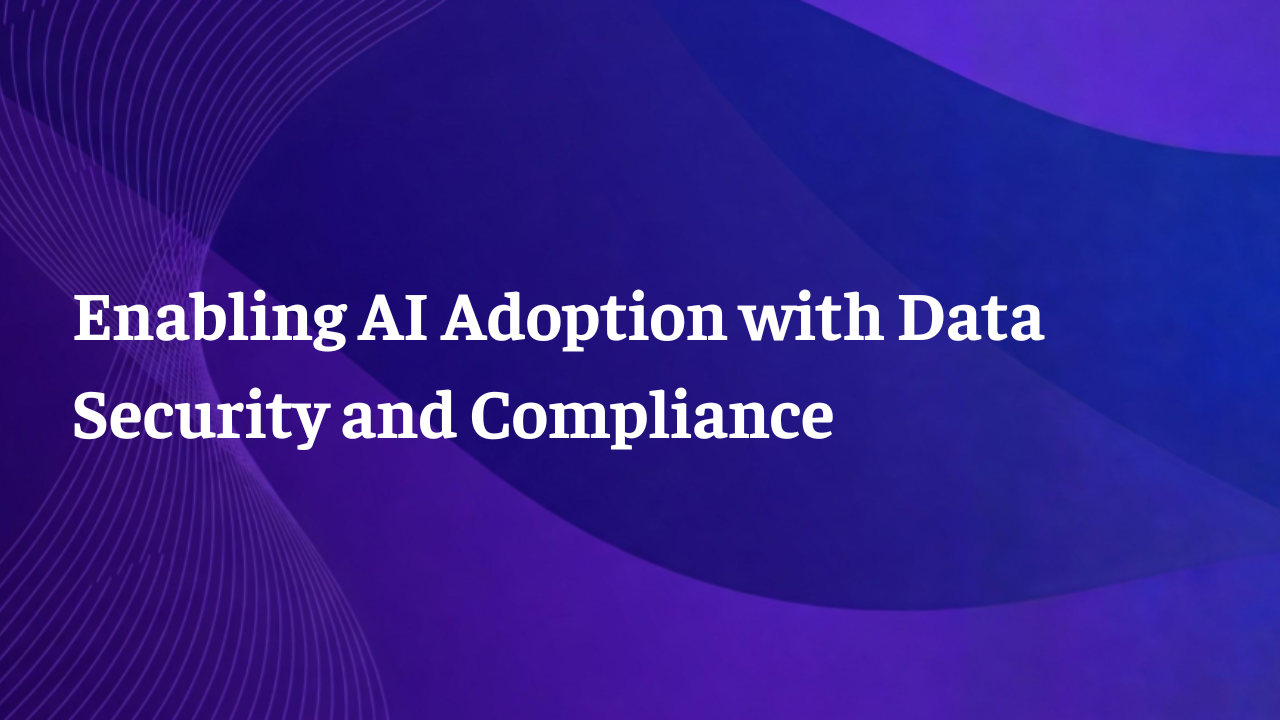
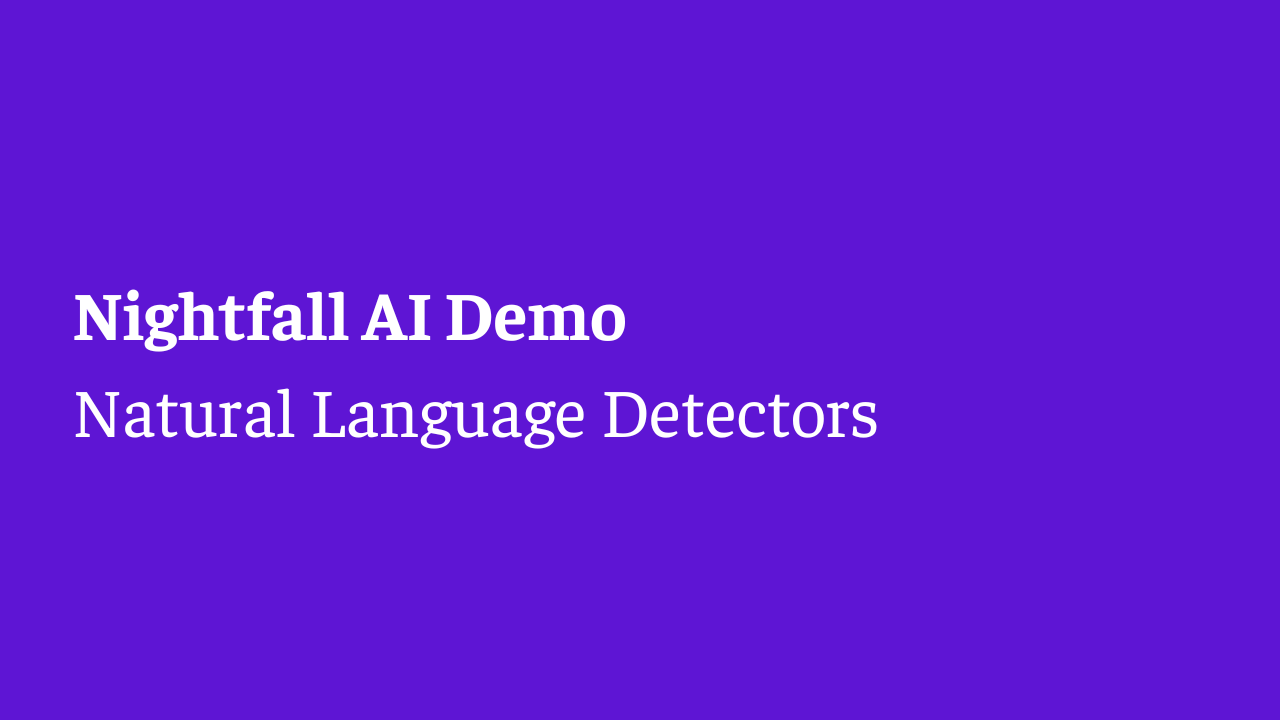

.png)
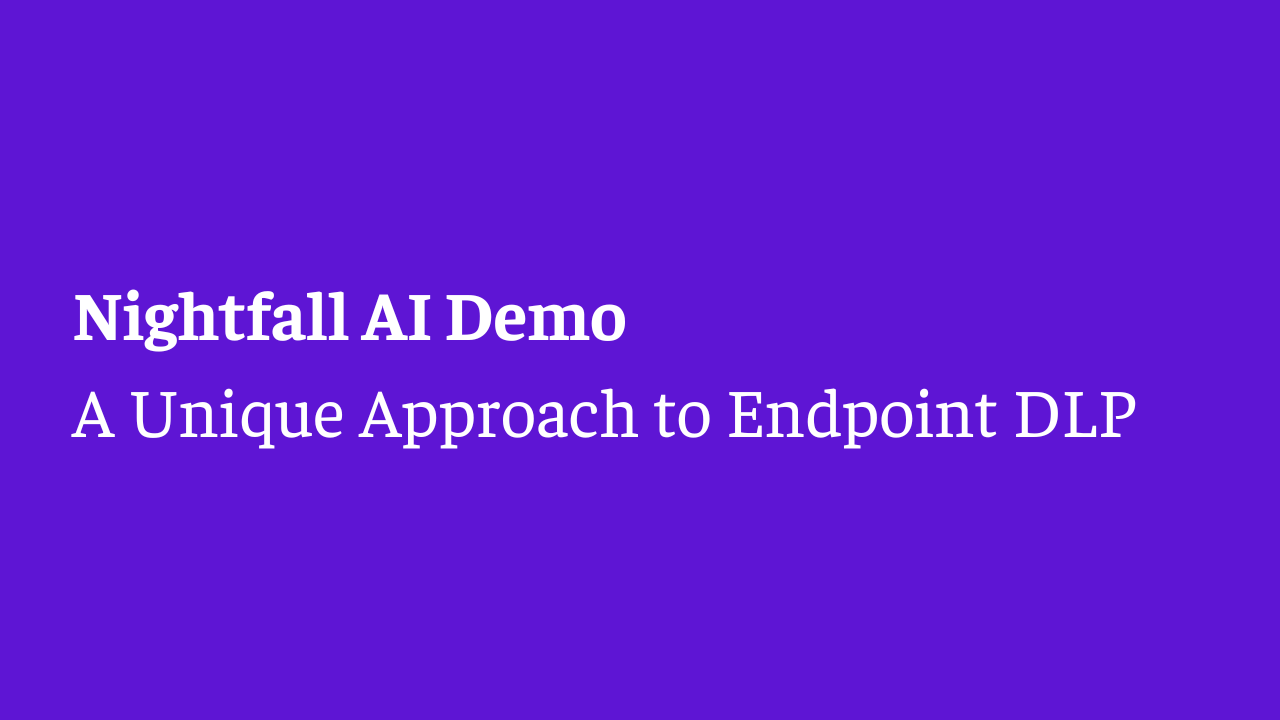
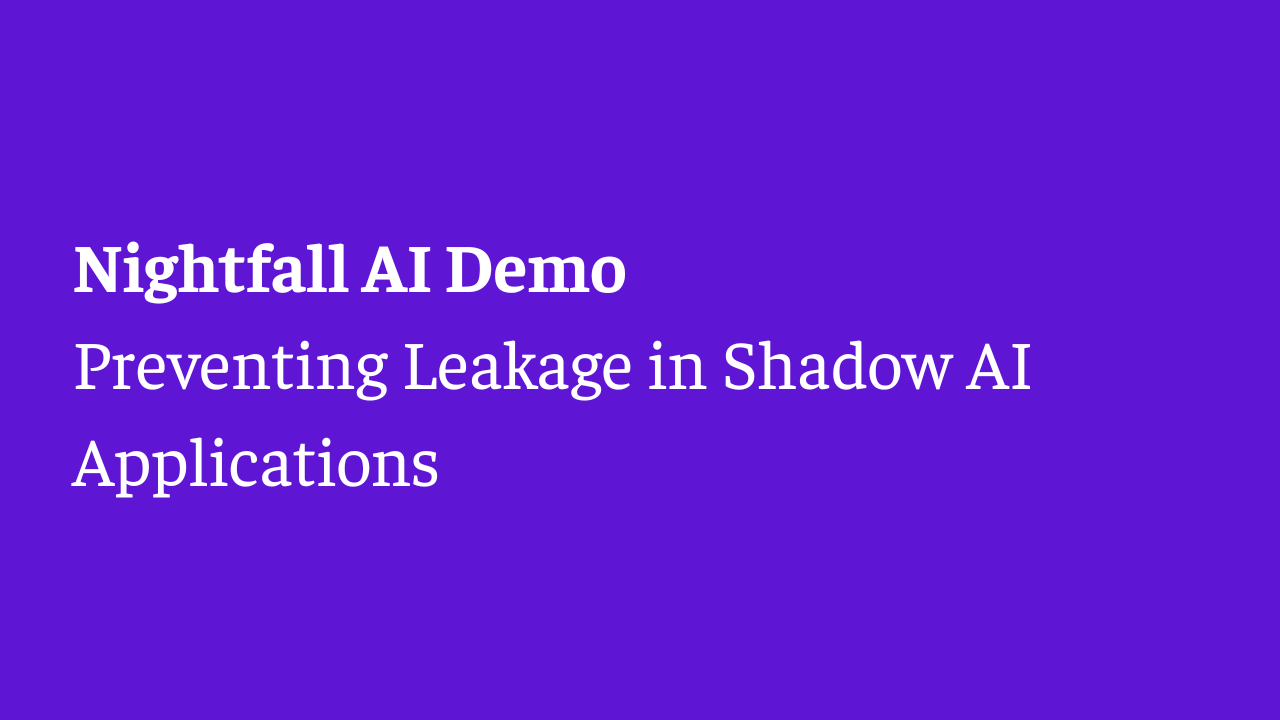
.png)
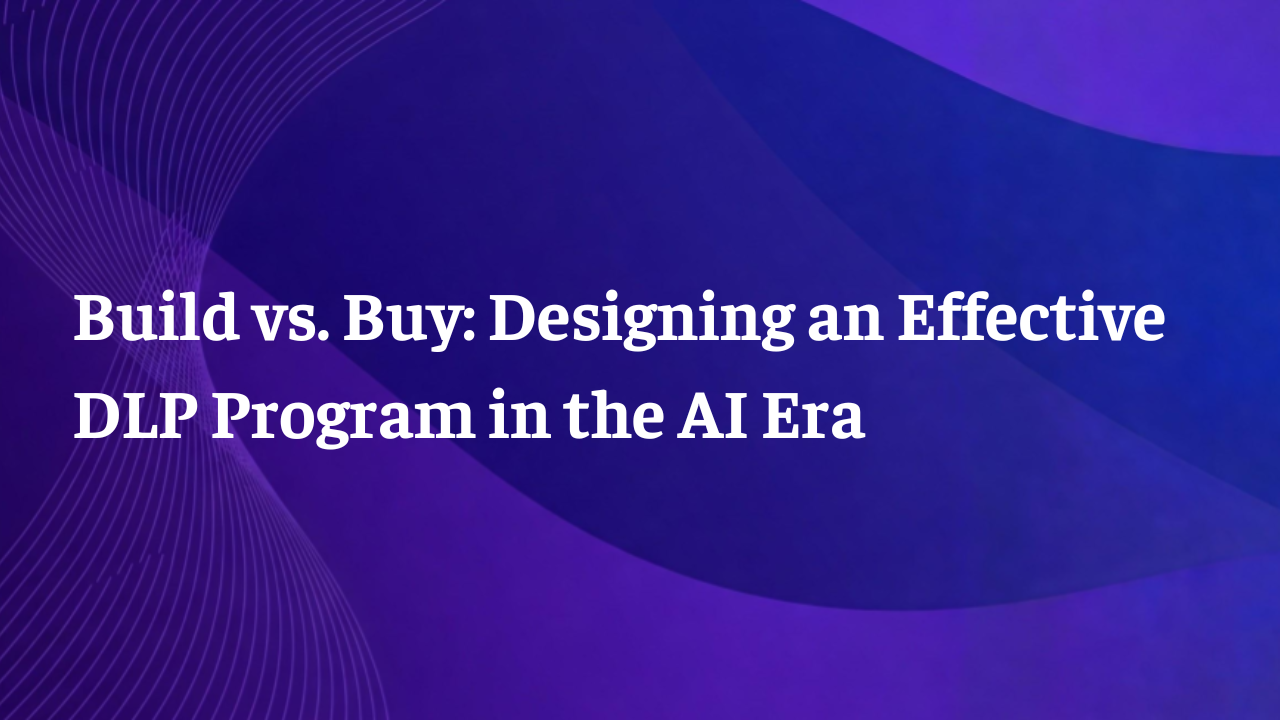
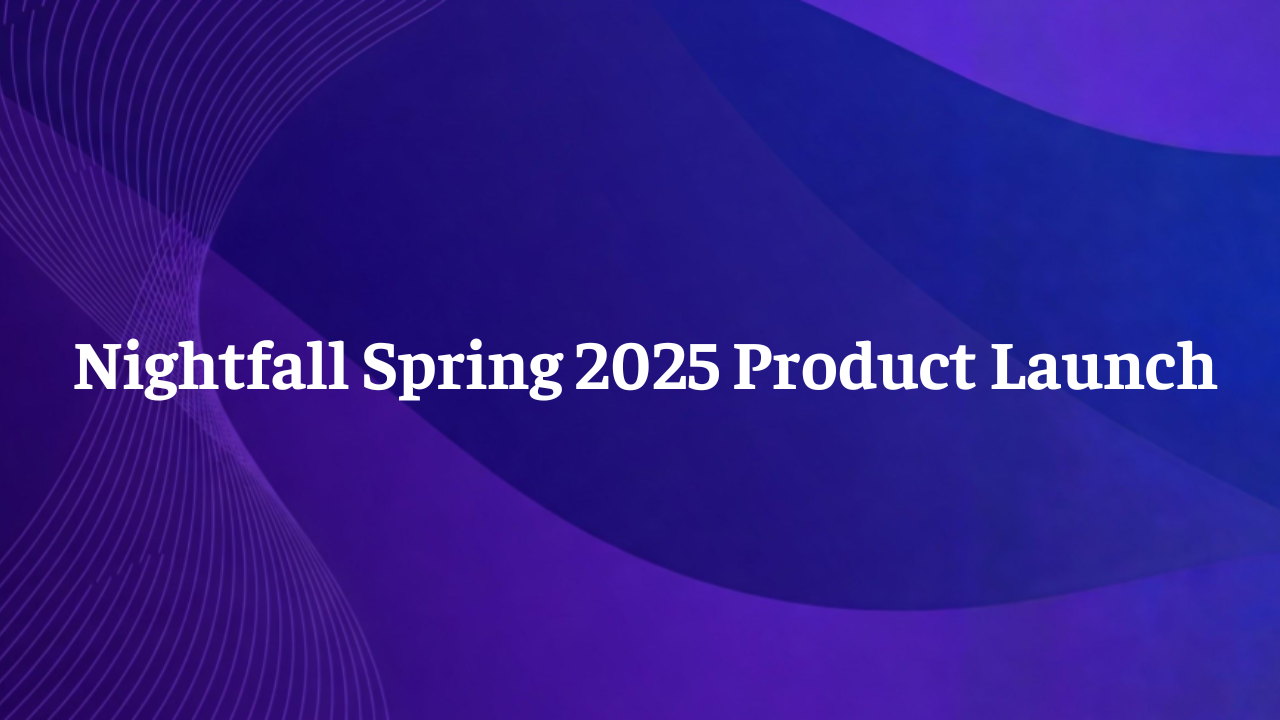
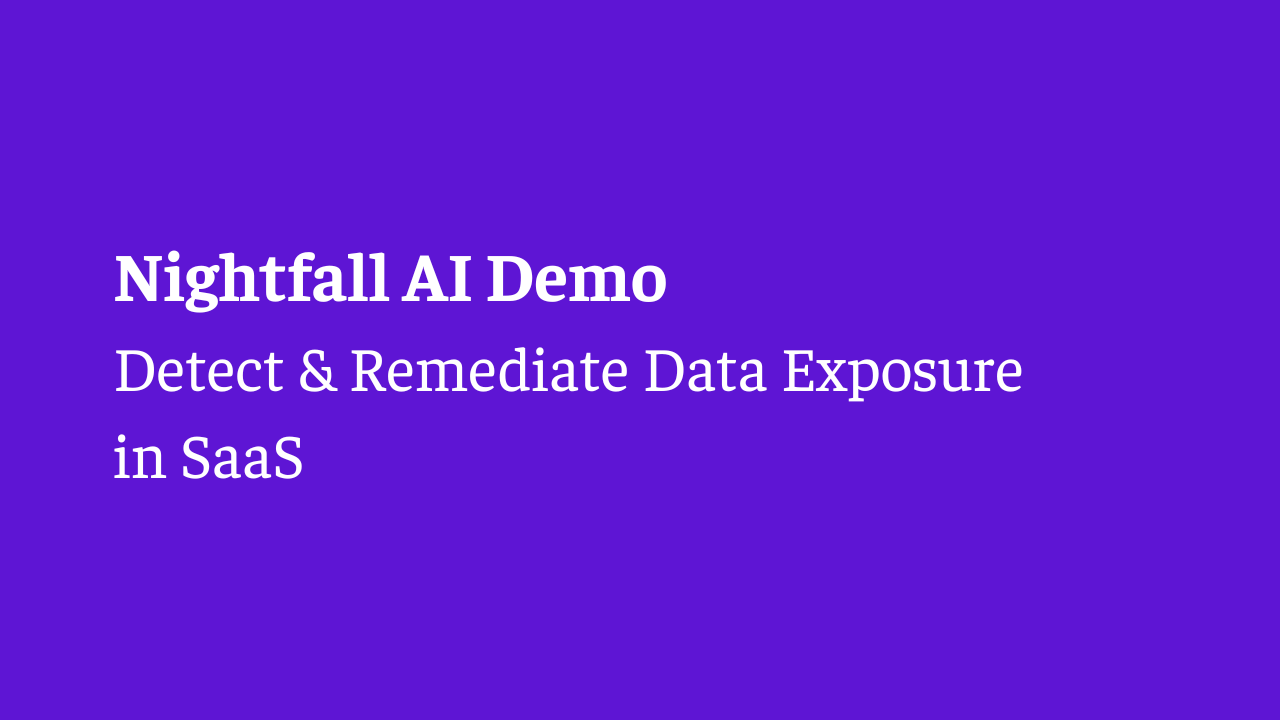
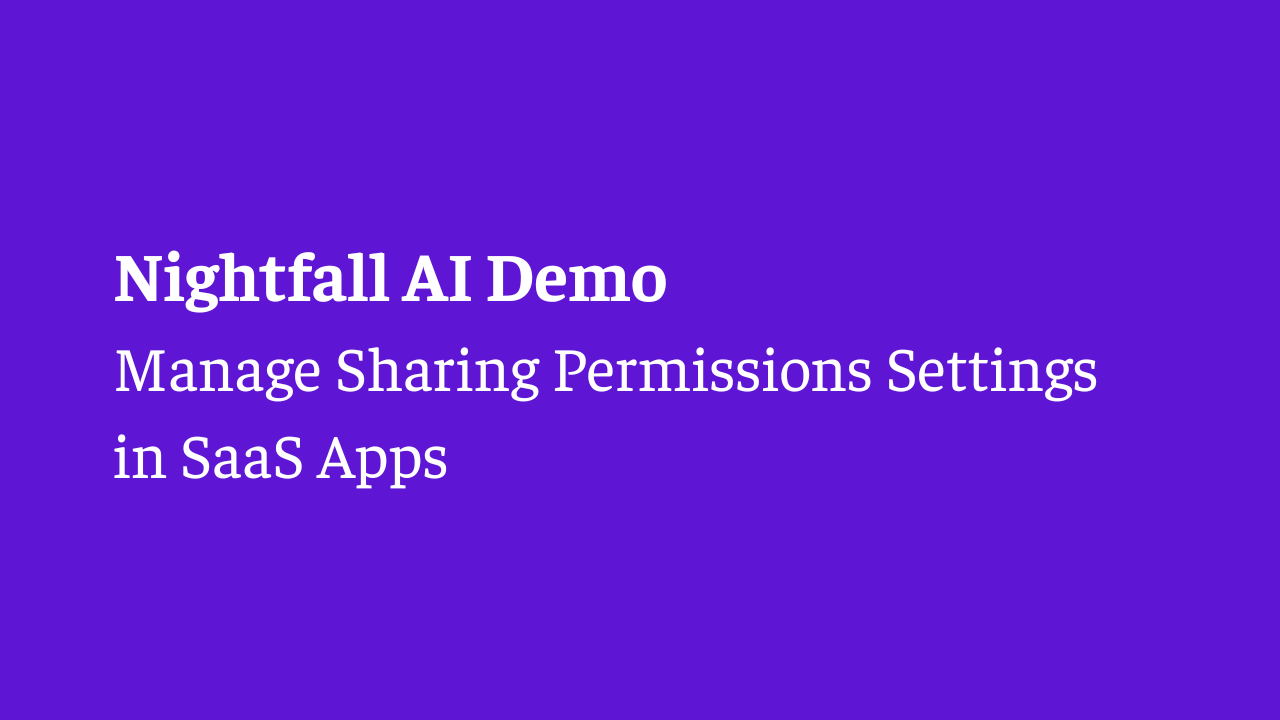

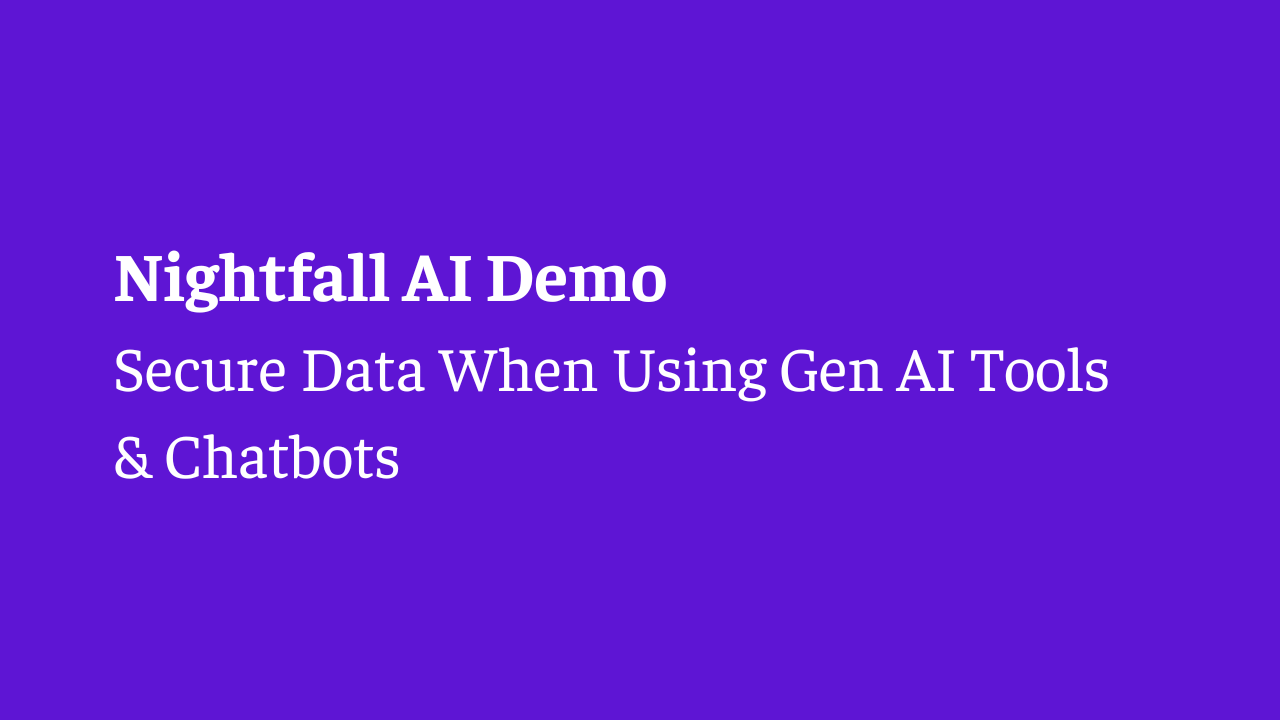
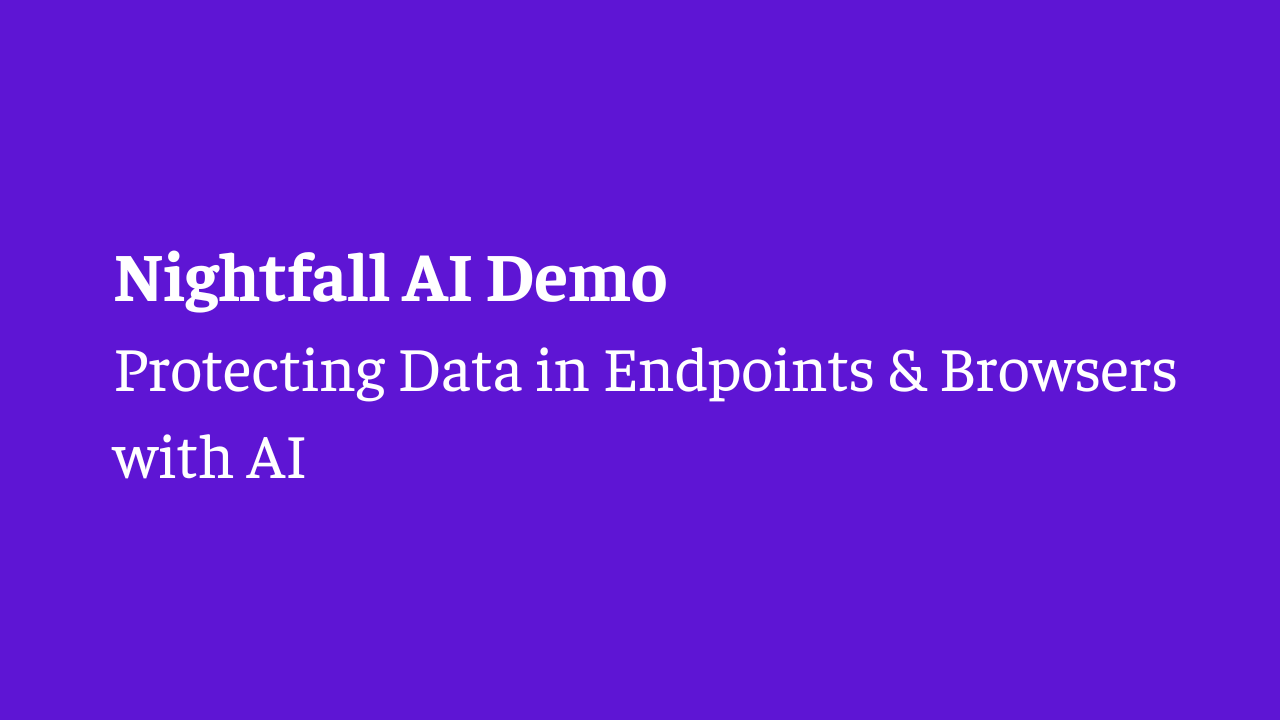
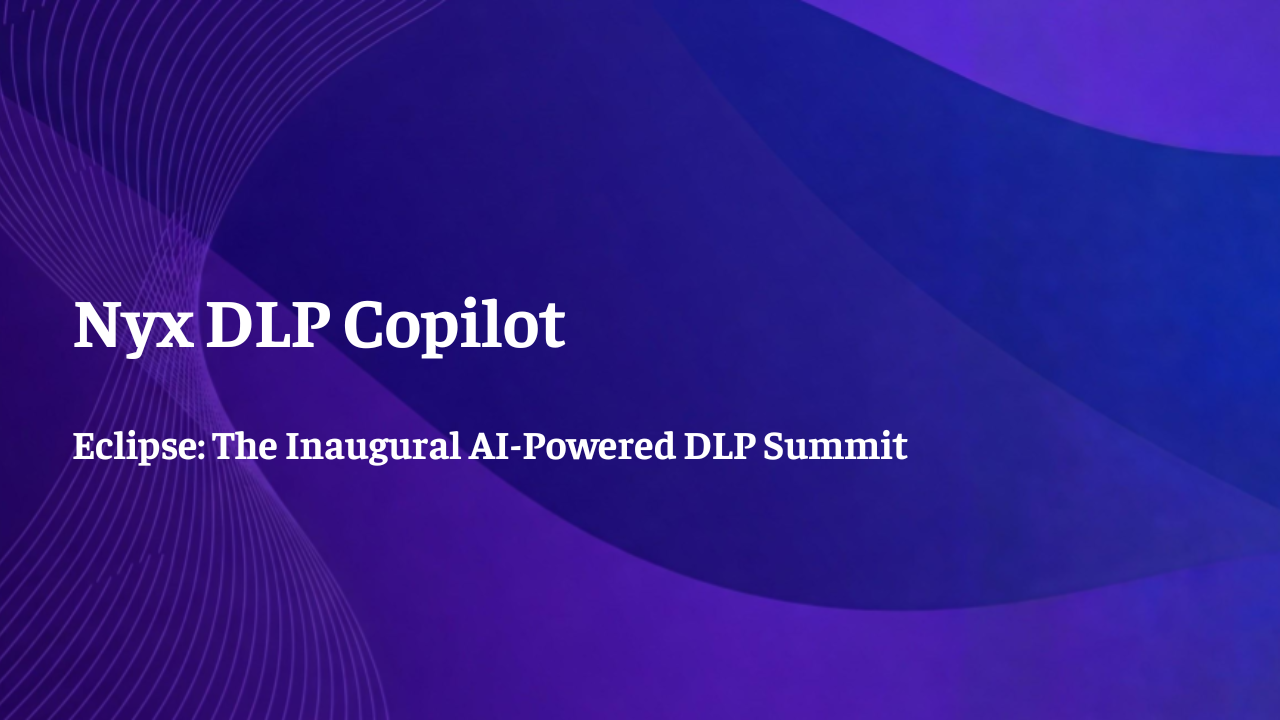
.png)
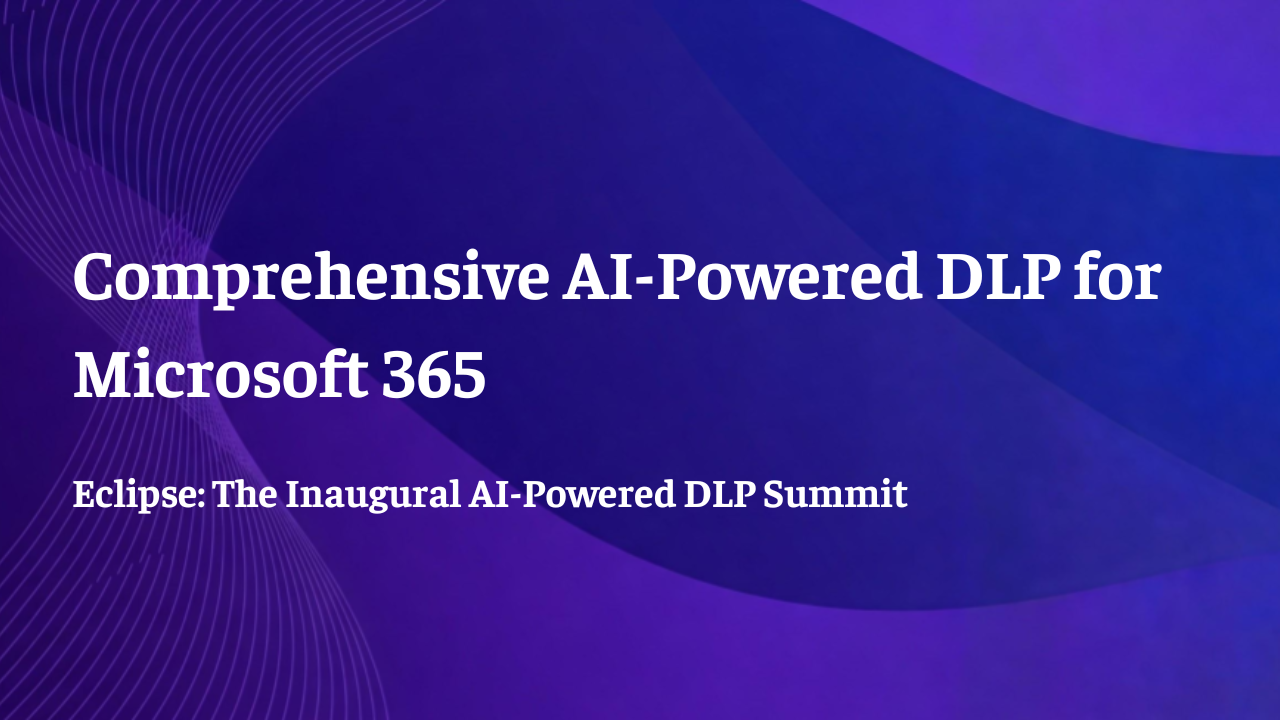
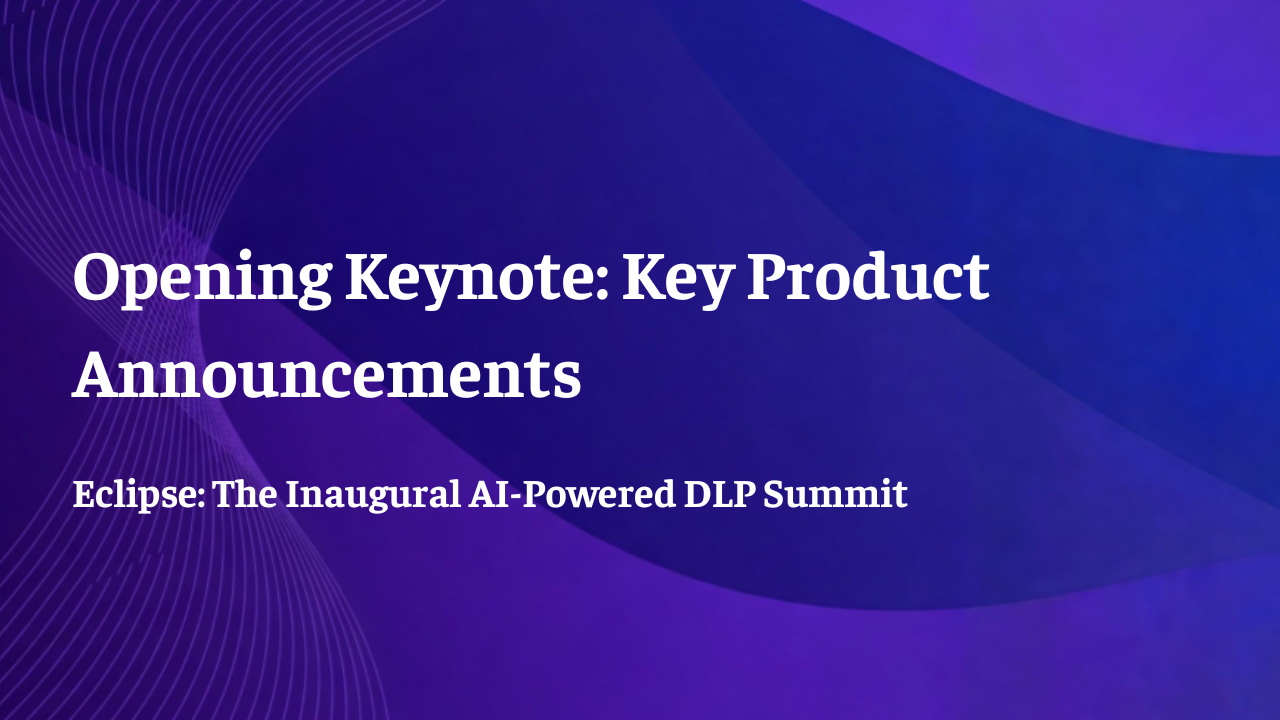

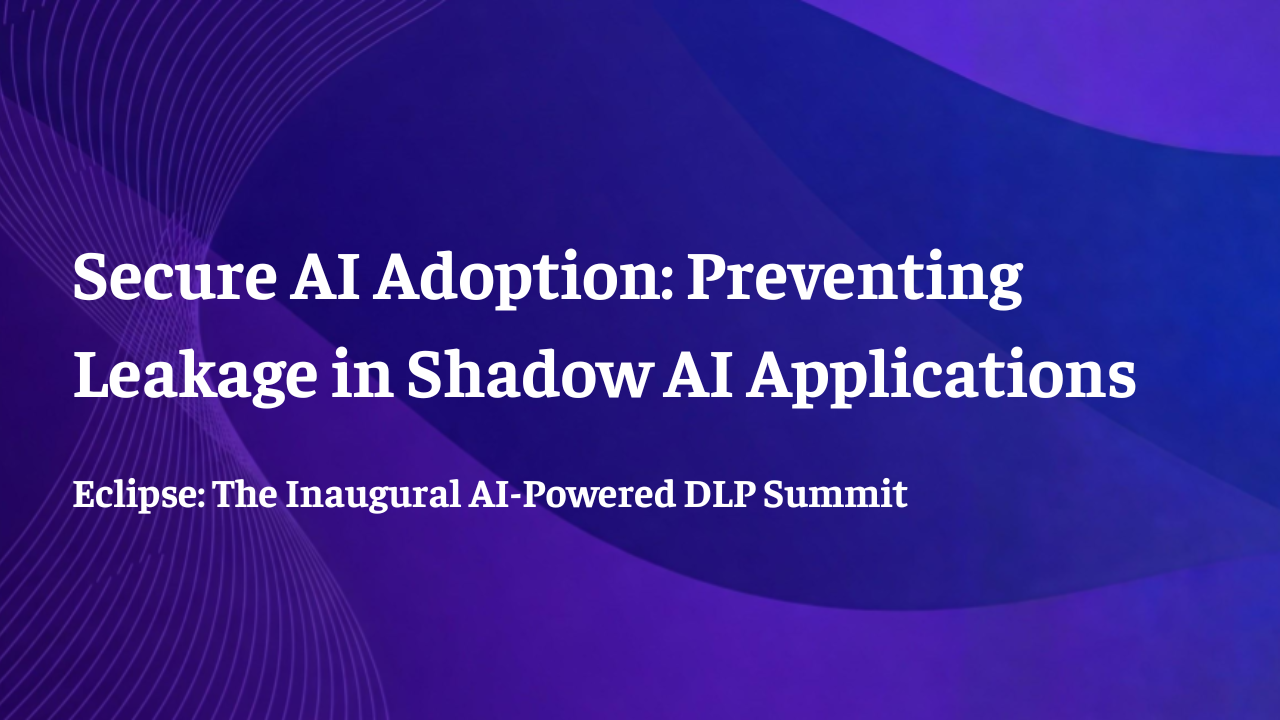






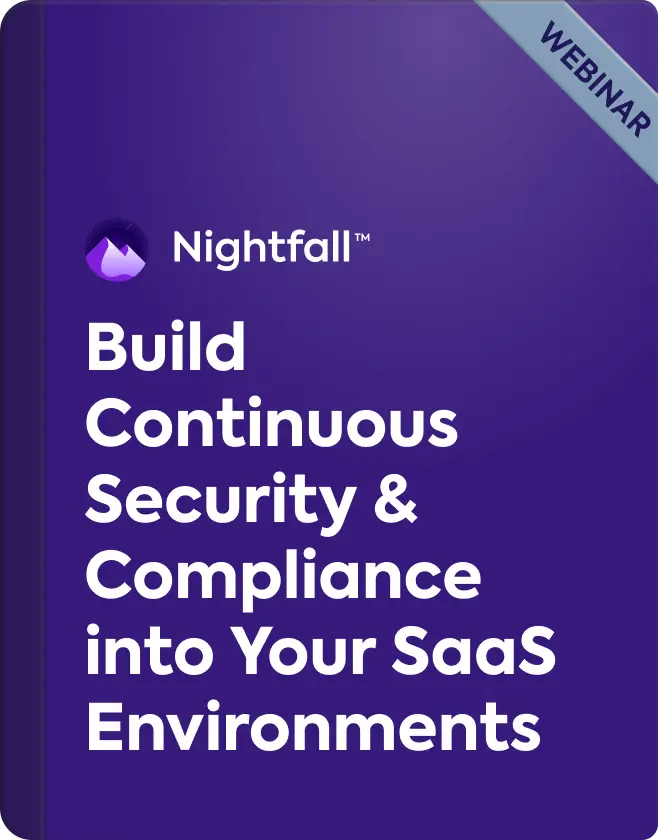
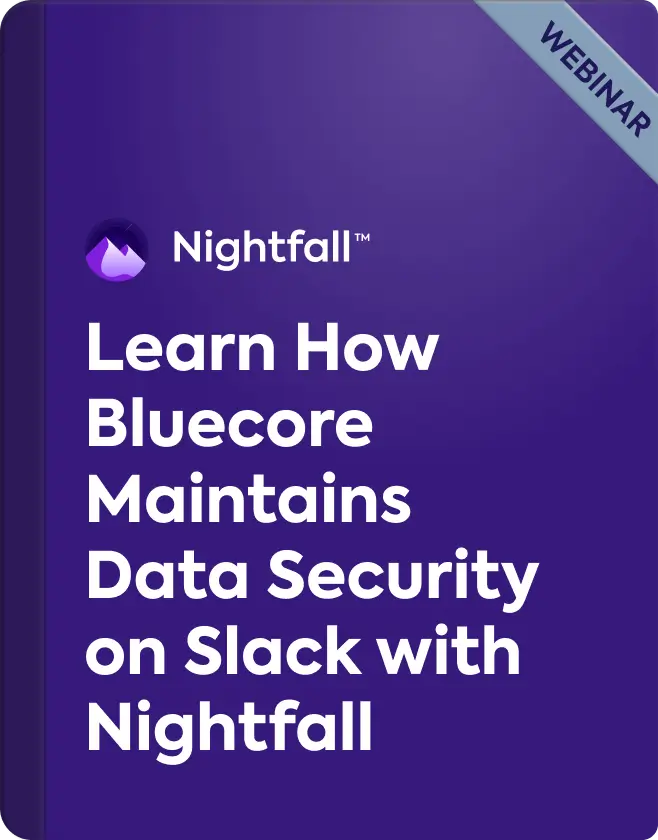

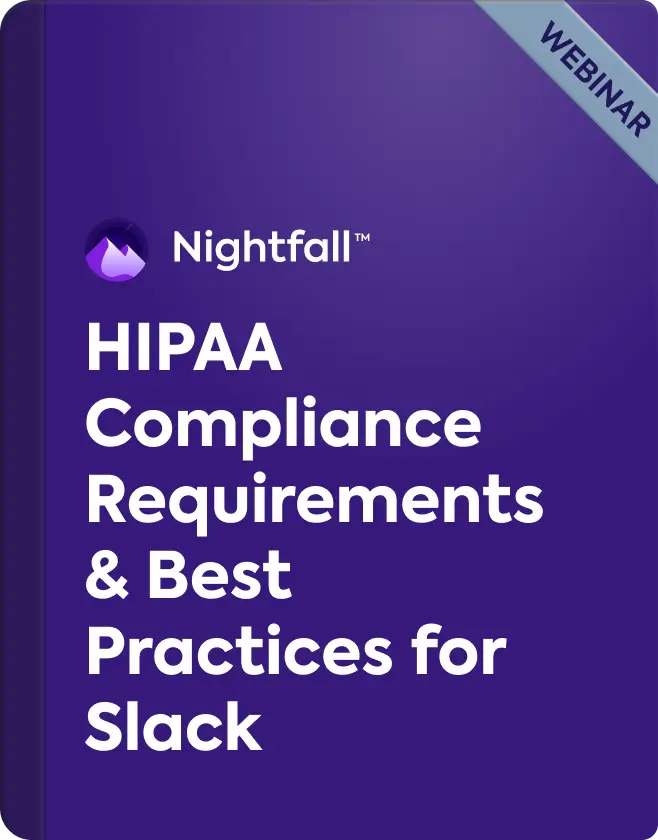
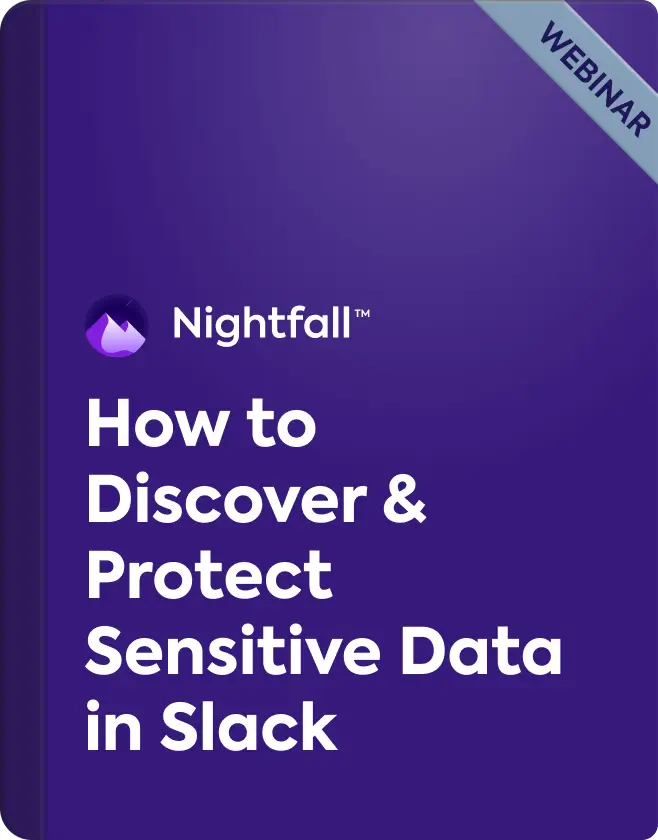

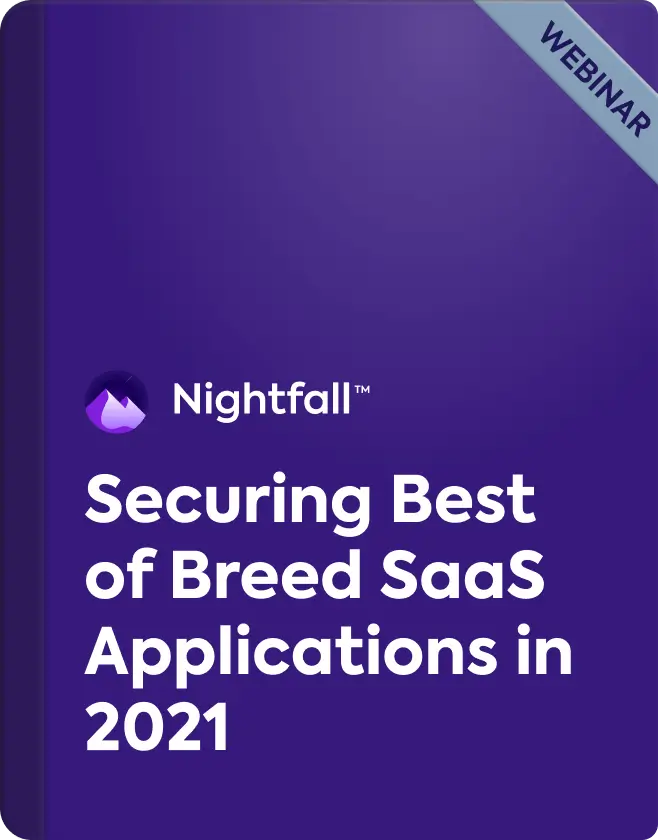

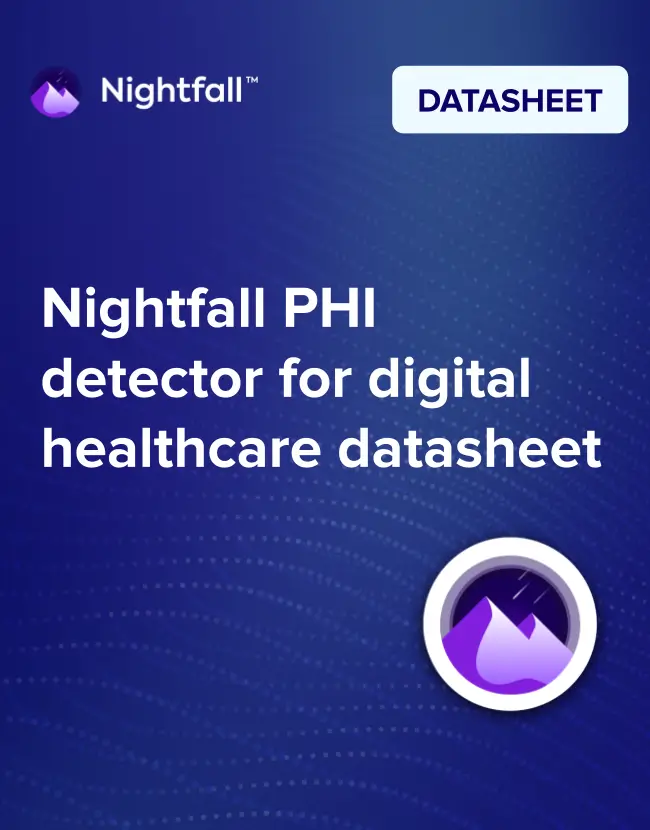
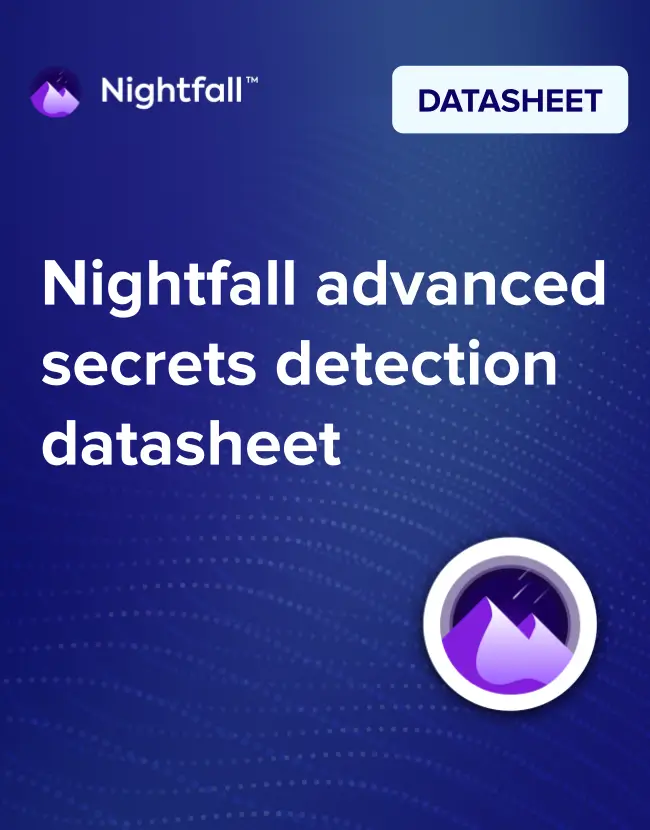


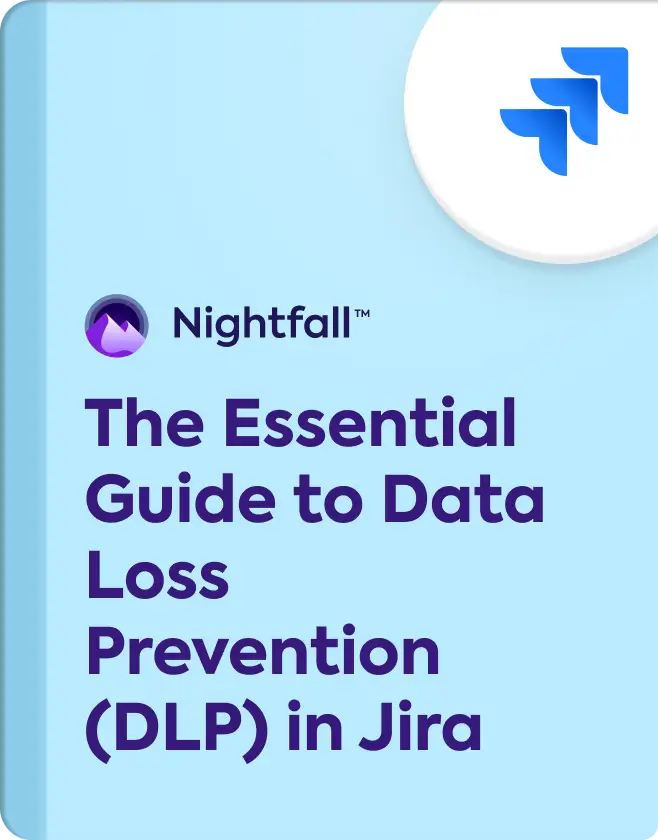



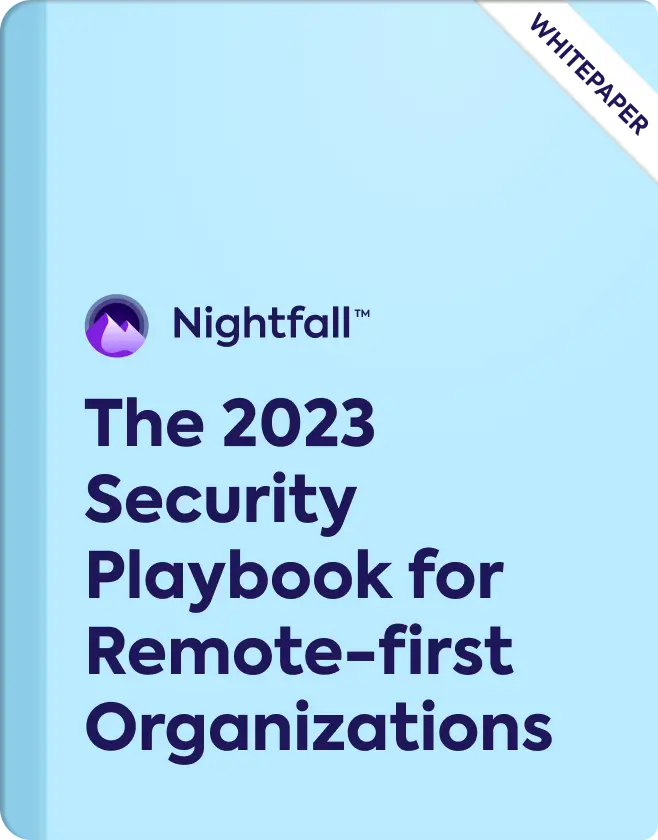
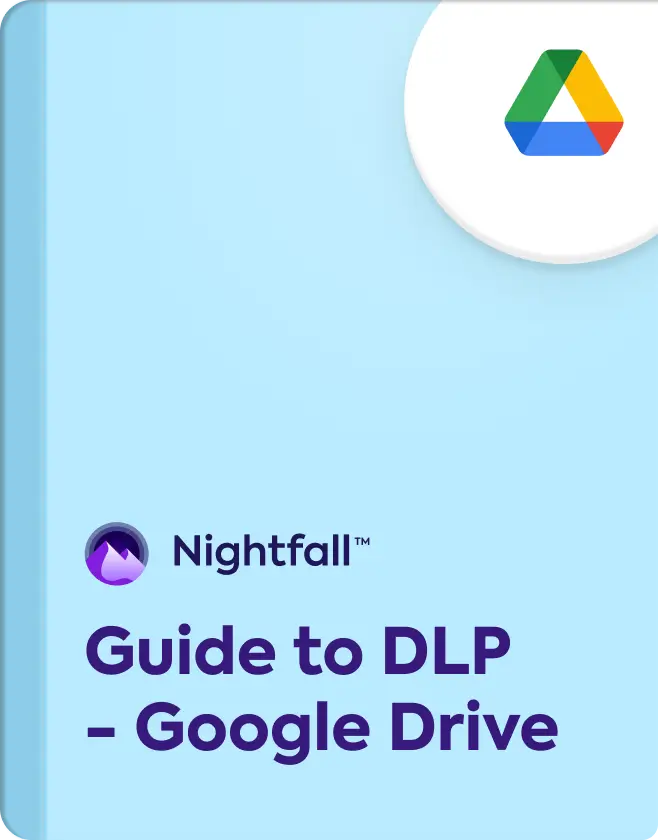
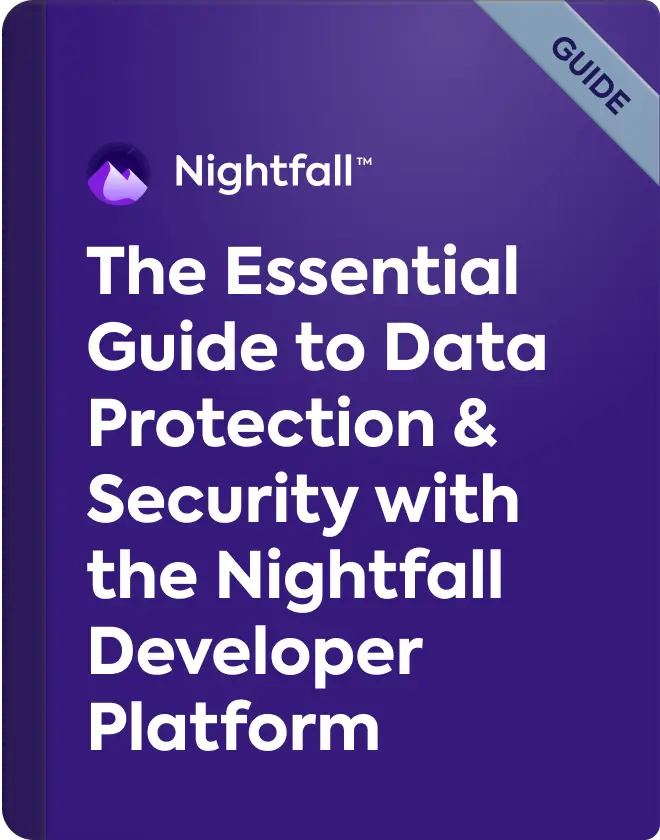



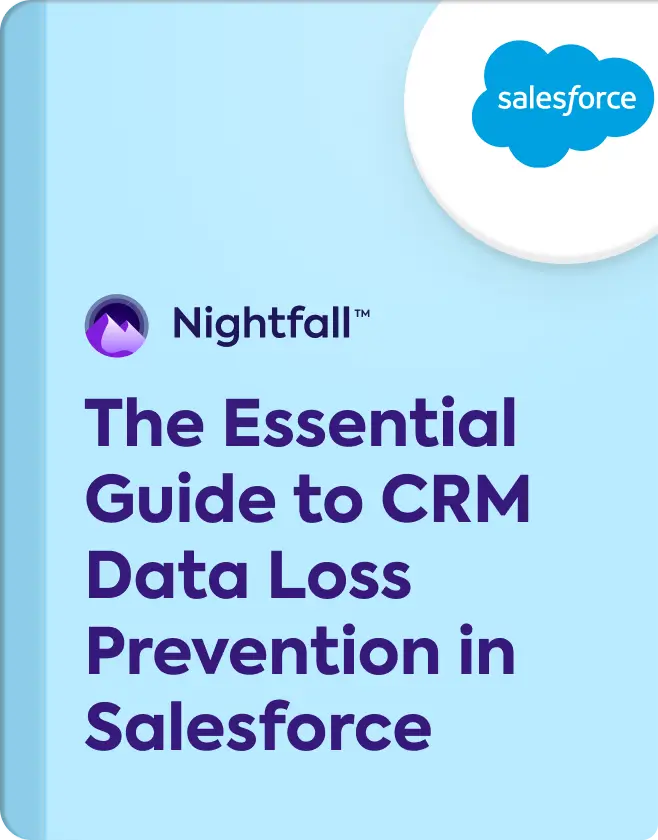
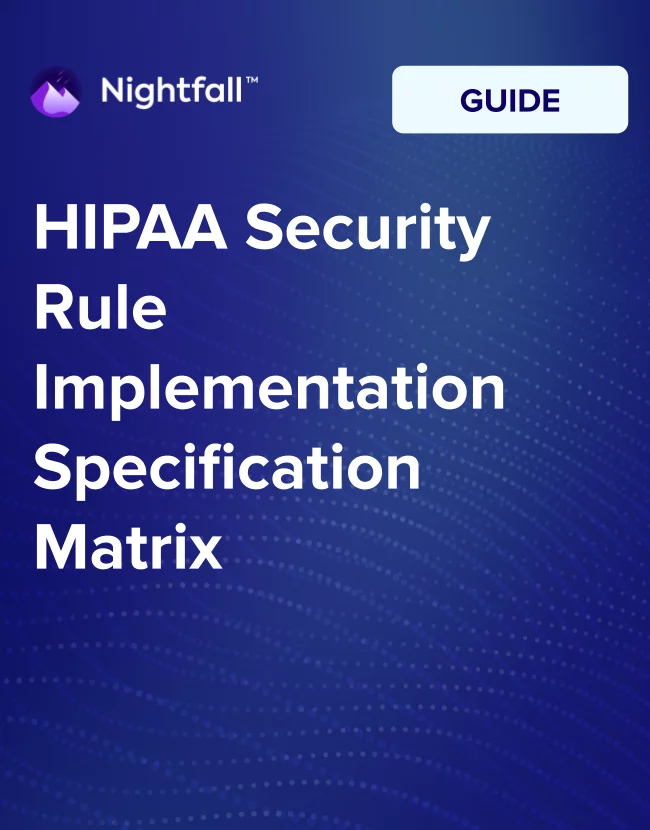
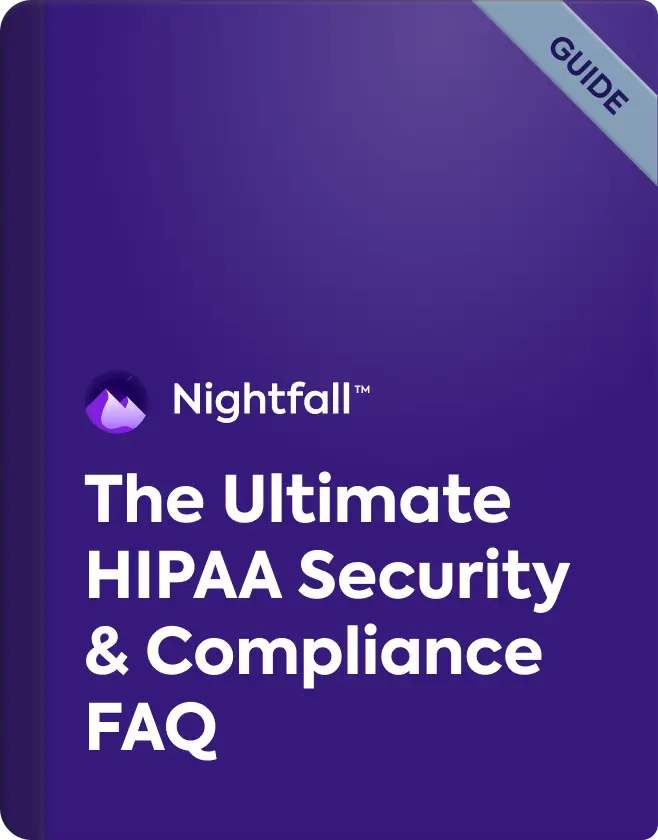


.webp)










.webp)












.webp)



